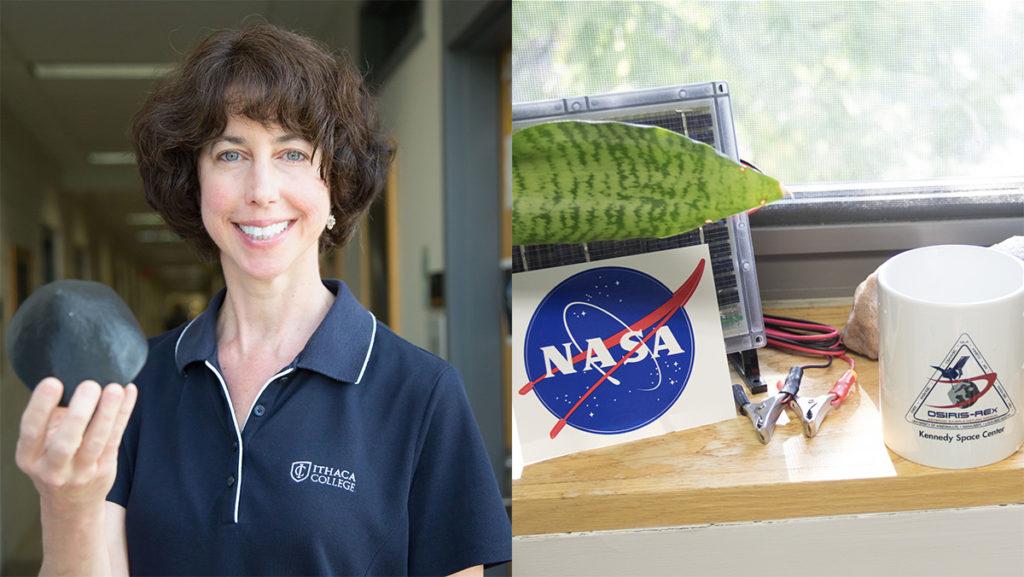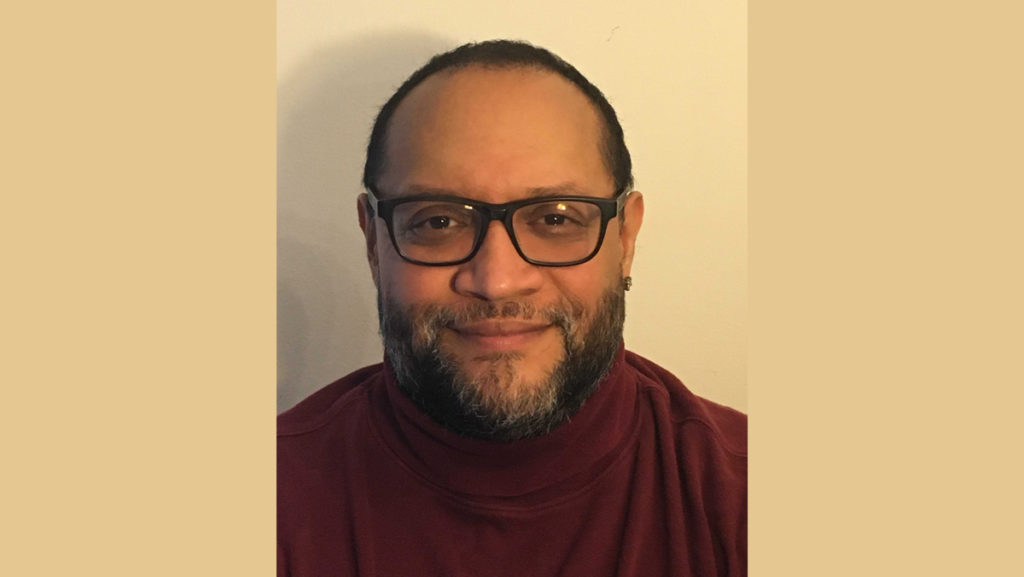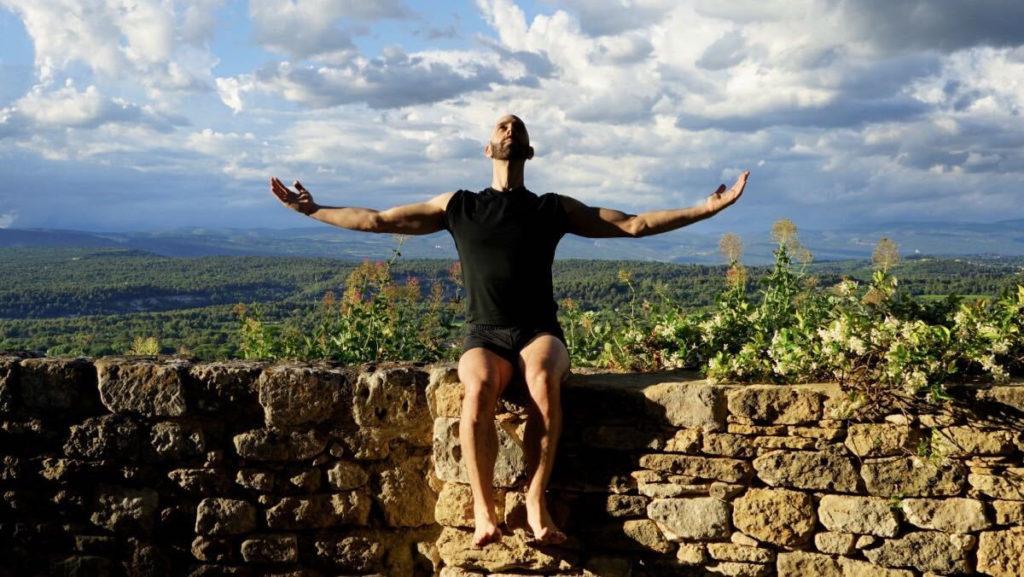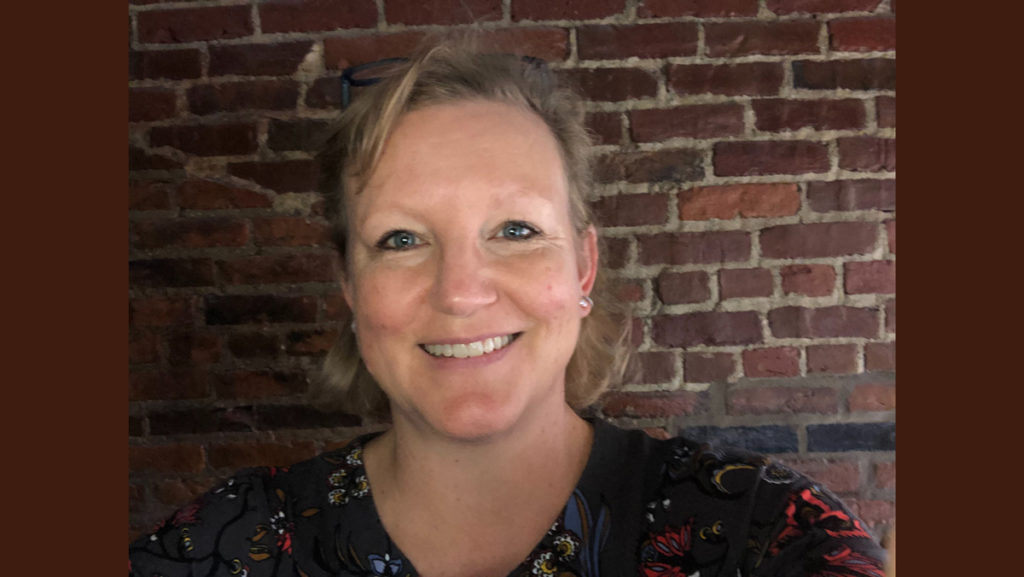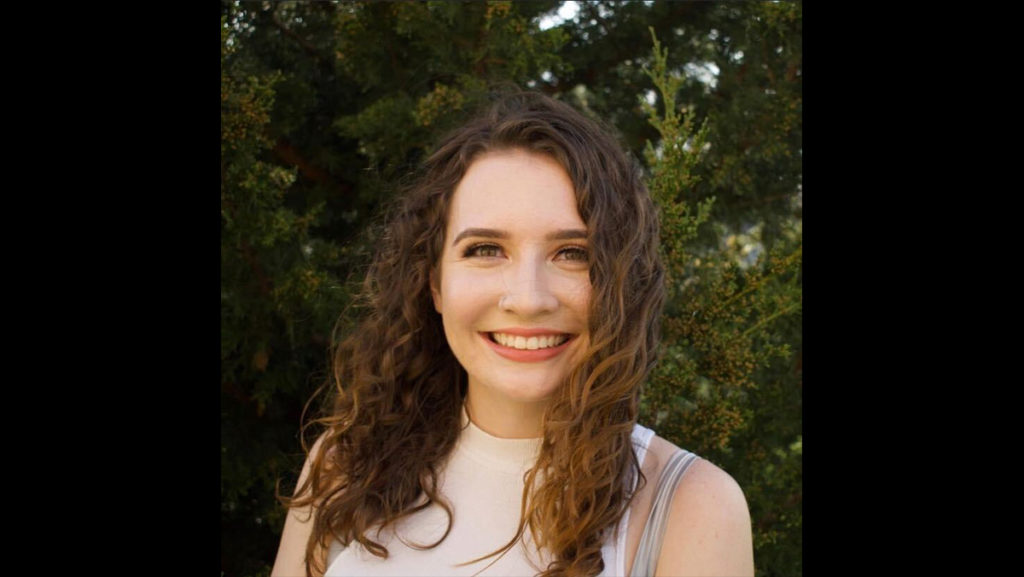At the same time Beth Ellen Clark Joseph, professor of physics and astronomy at Ithaca College, is teaching students about space, she is also assisting NASA in its very own space mission.
Clark is the asteroid scientist for NASA’s OSIRIS-REx mission to map and take a sample from the asteroid Bennu. The purpose of the mission is to determine if the 500-meter-wide asteroid will collide with Earth in the next century.
Opinion Editor Celisa Calacal spoke with Clark about her role in OSIRIS-REx, the goals of the mission and what the Bennu asteroid could reveal about space.
This interview has been edited for length and clarity.
Celisa Calacal: What is this NASA mission all about?
Beth Clark: This is a sample return mission from an asteroid. This is NASA’s first asteroid sample return mission. The mission goals are to obtain information that will address the broad goals, such as the origins of life. We want to understand how to interpret the spectral properties that we have of very low-albedo asteroids — they’re hard to observe from the ground. We want to identify potential space exploration resources because these asteroids are thought to be either aqueously altered or icy rich or very carbon-rich or heavy metal–rich, so any of those would be potentially useful for a resource for exploration. And we’re also interested in understanding these small asteroids so that we can predict their motions, their orbits into the future, and thereby help with the effort to make Earth more secure and more safe from the asteroid impact hazard. And lastly, we hope to understand more about the nature of the surface of these small asteroids by bringing a sample home, and that will tell us about the surface composition and other structural properties and thermophysical properties of these asteroids.
CC: I read that your role would be mission asteroid scientist, so what will that entail?
BC: My job is to coordinate and evaluate and work with the spectrometer team. So we have a visible and near-infrared spectrometer team. We have a thermal emission spectrometer team. We have a color-imaging team, and we have a photometric modeling team. And my job is to keep them all working together to make sure that the observations are coordinated and that we achieve the science goals to make sure that we have the right people working on the right software to produce the right data products that address the science goals and essentially close out the science goals.
CC: What do you hope to accomplish with this mission?
BC: Well, I hope that we can extend our understanding and achieve our science goals. One of our science goals I’m really excited about is we’re going to be measuring the asteroid’s temperature at seven different times of day, and when we do that we’ll have the kind of observations that are required to measure the thermal inertia of the asteroid. When we understand the thermal inertia and thermophysical properties of the surface, then we’ll be able to constrain models of thermal emission that can have an impact on the asteroid’s orbit over time. So as a rock heats up in the sun, we know that it hurts the rock and eventually cools off. Well, cooling off on an asteroid actually gives it a tiny thrust that can either work against its orbital energy, causing it to fall into the sun, or increase its orbital energy and cause it to spiral out away from the sun, crossing the Earth’s orbit. So this kind of thermal energy emission is known as the Yarkovsky effect, and we hope to constrain the thermophysical properties that contribute to the Yarkovsky effect. And that will help us to understand the small forces that change asteroid orbits over time. And that, in turn, will help us to predict asteroid motions, the future positions of asteroids in the future.
CC: What do you find so fascinating about space and space exploration?
BC: I guess I like the idea that nobody’s ever done this before, that we’re extending human knowledge, that we’re creating new neural pathways that are possible in the human brains, that we’re extending capabilities of humans in space, that we are exciting young people to learn about science and technology and mathematics. For me that’s a major part of it. … Space is so big and so unknown that even a little step like the one we’re making now out to an asteroid, which is in orbit around our sun, even that small step represents a huge increase in our understanding of outer space and what’s out there.


